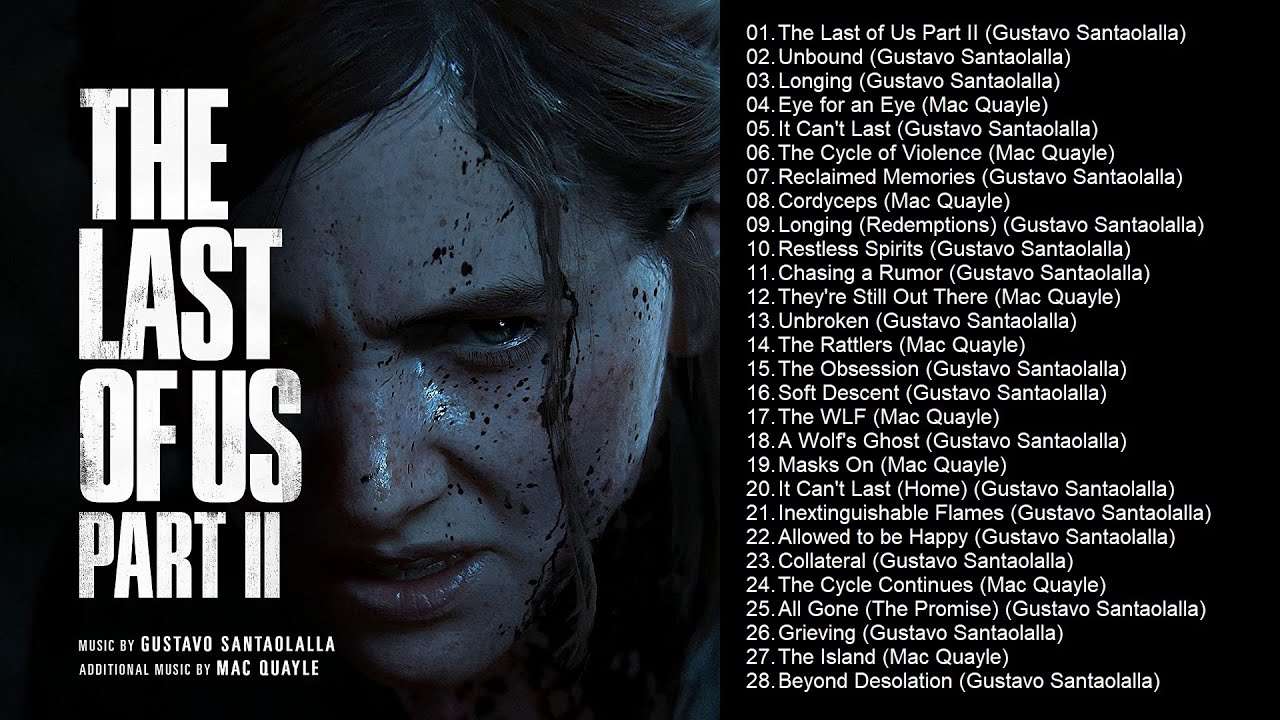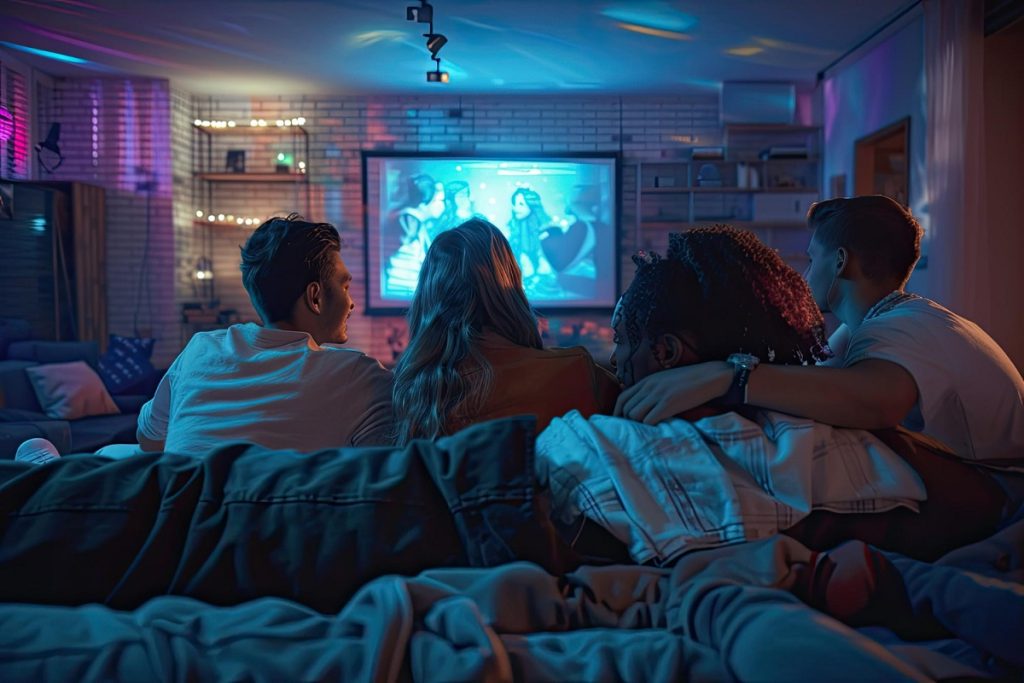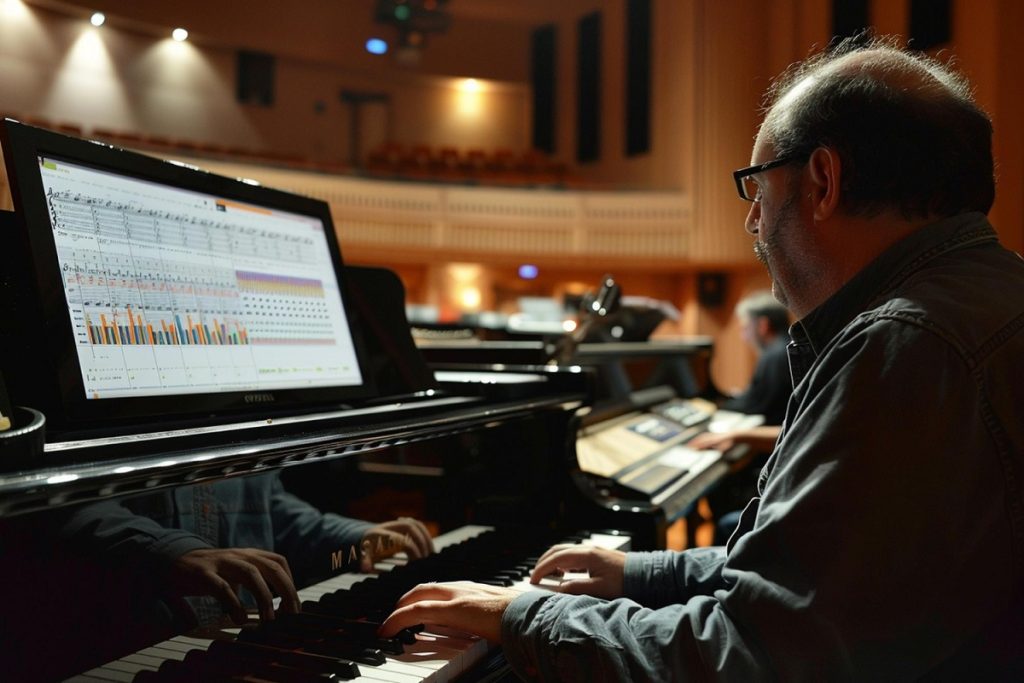The Power of Music in Storytelling
In the realm of video games, few elements are as critical to the immersive experience as the score. It’s the music that weaves through gameplay and cinematic sequences, intensifying emotions and elevating the narrative.
‘The Last of Us’, developed by Naughty Dog and released in 2013, serves as a prime example of how effectively a soundtrack can enhance the emotional depth and storytelling of a game.
Emotional resonance and thematic depth
The score of ‘The Last of Us’, composed by Gustavo Santaolalla, is particularly notable for its minimalistic yet profoundly evocative approach. Santaolalla, primarily known for his work on films like ‘Brokeback Mountain’ and ‘Babel’, brought a distinctively sparse and haunting melodic style to the game.
His use of unconventional instruments, such as the ronroco, added a unique textural quality that has become synonymous with the game’s post-apocalyptic setting.
Integration of Score with Gameplay
Santaolalla’s compositions do not merely accompany the visuals; they interact deeply with the gameplay mechanics and the story’s pacing. Scenes of tension are underscored by stirring strings and dissonant chords, which escalate the sense of urgency.
Conversely, moments of reflection are paired with slow, melancholic themes that emphasize the game’s themes of loss and hope. This dynamic use of music ensures that players are not just observers but emotionally invested participants.
Highlighting key narrative moments
One of the most poignant uses of music occurs during key emotional scenes. For example, the gentle acoustic guitar piece that plays as Joel and Ellie share a moment of hope in the midst of chaos does not just enhance the scene; it transforms it.
This score becomes a narrative voice of its own, guiding the player’s emotional response and deepening the connection to the characters’ journeys.
Cultural Impact and Legacy
The influence of ‘The Last of Us’ extends beyond gameplay and into cultural significance. Its music has been celebrated in concerts and has influenced other game developers in how they think about integrating music with game mechanics and storytelling.
The score’s success demonstrates how integral a thoughtful sound design is to game development, inviting players to experience the story on a multisensory level.
An enduring emotional impact
The game’s music left such an indelible mark on players that its motifs are instantly recognizable to many gamers and non-gamers alike. This recognition speaks to the emotional layers that the music adds, creating a memorable experience that stays with the audience long after the game is over.
Gustavo Santaolalla’s score for ‘The Last of Us’ is a testament to the transformative power of music in storytelling. By tightly weaving the score with the game’s emotional landscape and narrative rhythm, Santaolalla not only defined the acoustic ambiance of ‘The Last of Us’ but also set a benchmark for future scores in the gaming industry.
It stands as a profound example of how music can amplify storytelling to create a deeply immersive and emotionally charged experience.






